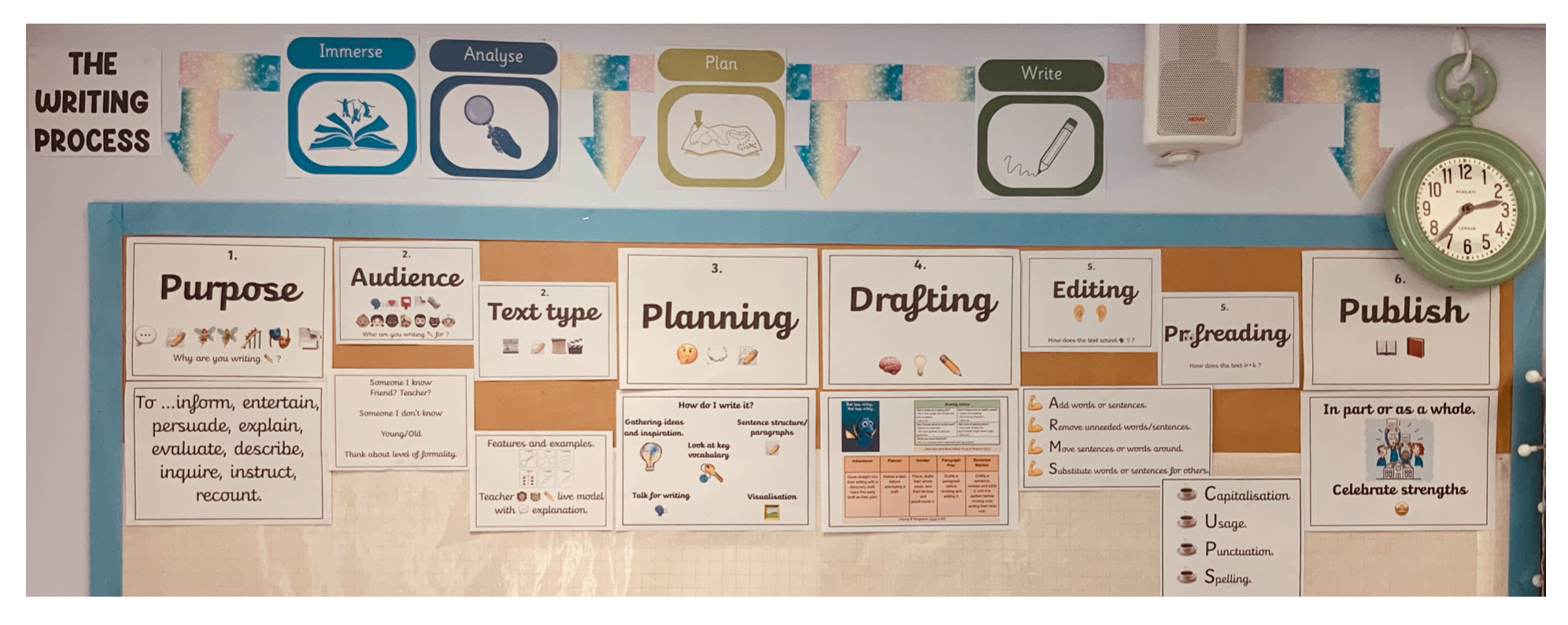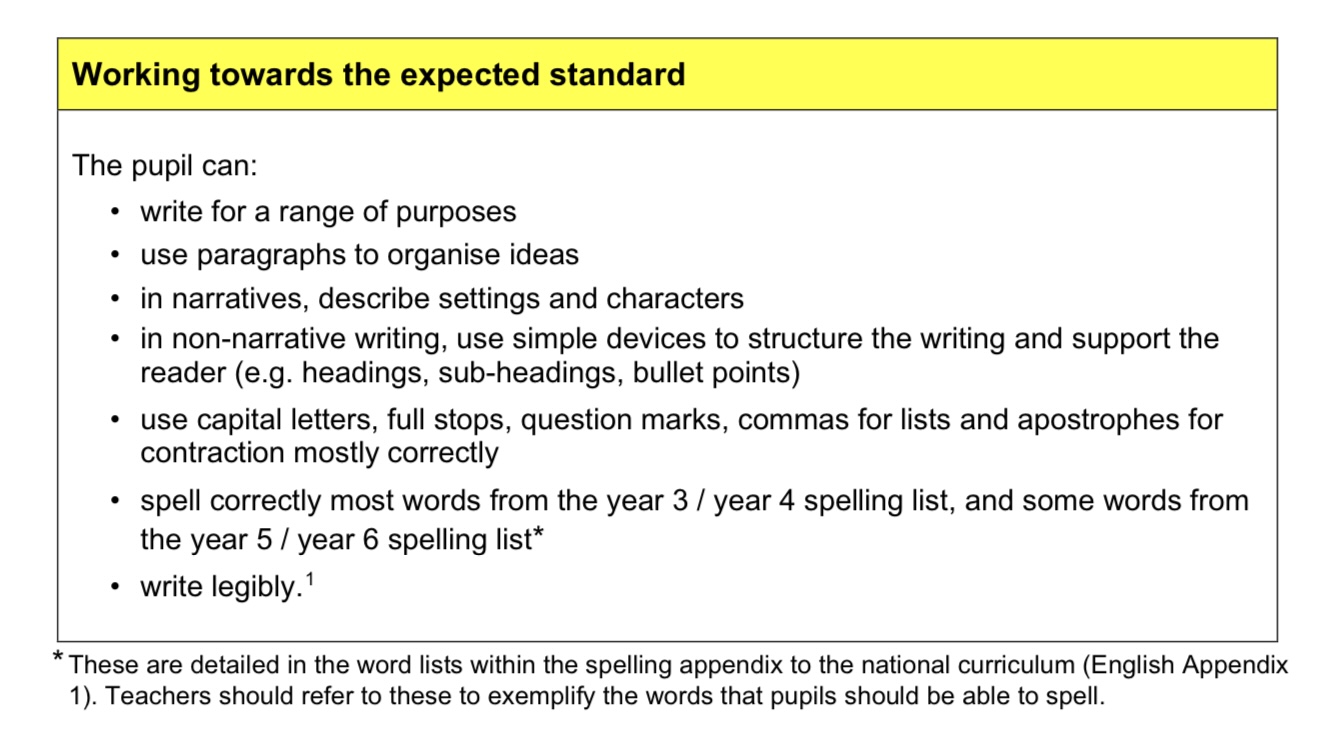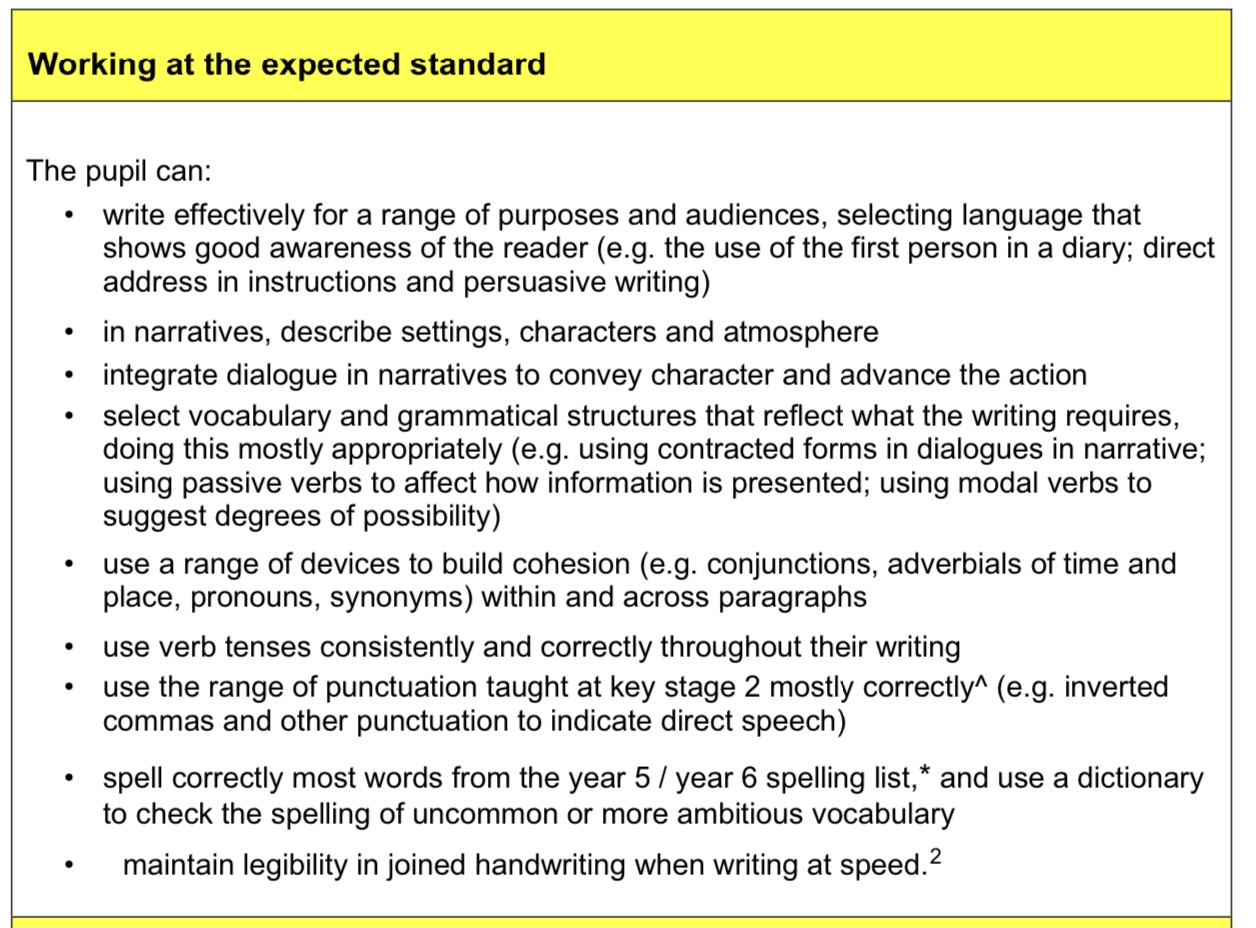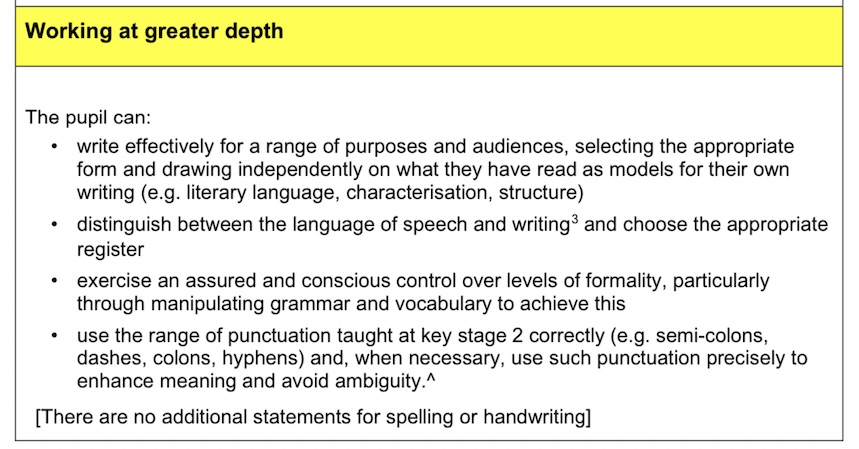Writing
Our Writing Process
We teach writing through the Literacy Counts scheme called ‘Ready Steady Write’. This has high quality texts at the centre of creating sequenced and motivating fiction and non fiction writing opportunities. This follows a writing process to ensure children are exposed to the many different stages that are required to produce a high quality piece of writing as the end result.
Early Writing
We teach fine motor skills to prepare children for holding scissors and a pencil correctly for writing through a wide range of experiences. This is a vital stage to beginning writing that should not be rushed or compromised on. Children then write and form each letter of the alphabet correctly. Phonics sessions which teach reading also include ‘hold a sentence’ activities that help the children to progress in their writing too.
In Years 1 and 2, children will be taught handwriting of lower case, capital letters and digits correctly. They will use the phonic skills that they use to read to them to spell and this will include common exception words for their age. Children will need to include capital letters, full stops and finger spaces within their written work. They will begin to add question marks, exclamation marks and apostrophes for contraction and singular possession. In Y2 they will write different types of sentences (commands, statements and questions). They will use expanded noun phrases and simple subordinating and coordinating conjunctions to extend their sentences.
Years 3&4
In Years 3-6 children will be encouraged to ensure that their handwriting is in a joined cursive style with ascenders and descenders properly formed and spaces. They will work on spelling the Y3&4 statutory words alongside prefixes/suffixes, homophones, plurals and a variety of other words that enrich their vocabulary. They will be using additional punctuation such as inverted commas, possessive apostrophes , commas, hyphens, question marks and exclamation marks. Children will extend their sentences with conjunctions, the perfect form of a verb, adverbs, prepositions and fronted adverbials. When children complete their writing, they will be encouraged to edit and proofread their completed work to spot errors and improve if even further.
Years 5&6
Children will need to be able to write legibly and fluently choosing the best implement for a writing task (e.g. pen or pencil). They will work on spelling the Year 5&6 statutory words alongside words which involve silent letters, prefix and suffix meanings and homophones. Children will need to understand and use a range of punctuation which includes commas, hyphens, brackets, dashes, commas for parenthesis, semi-colons, commas and dashes to mark boundaries between independent clauses, colons in a list and bullet points. They will need to understand passive verbs, perfect forms, expanded noun phrases and relative clauses. Children will need to be able to adapt their writing to suit the audience it is intended for and they need a solid understanding of what makes writing more ‘formal’ in style.
How we assess writing
We assess children’s writing to see if they are WTS (working towards the expected standard for their year group), EXS (at the expected standard for their year group) or GDS (working at a greater depth standard for their year group).
Here are the expectations at the end of Year 6 (from the STA Teacher Assessment Frameworks at the end of KS2) that we work towards helping the children meet by building these skills up each year until this final assessment point.




